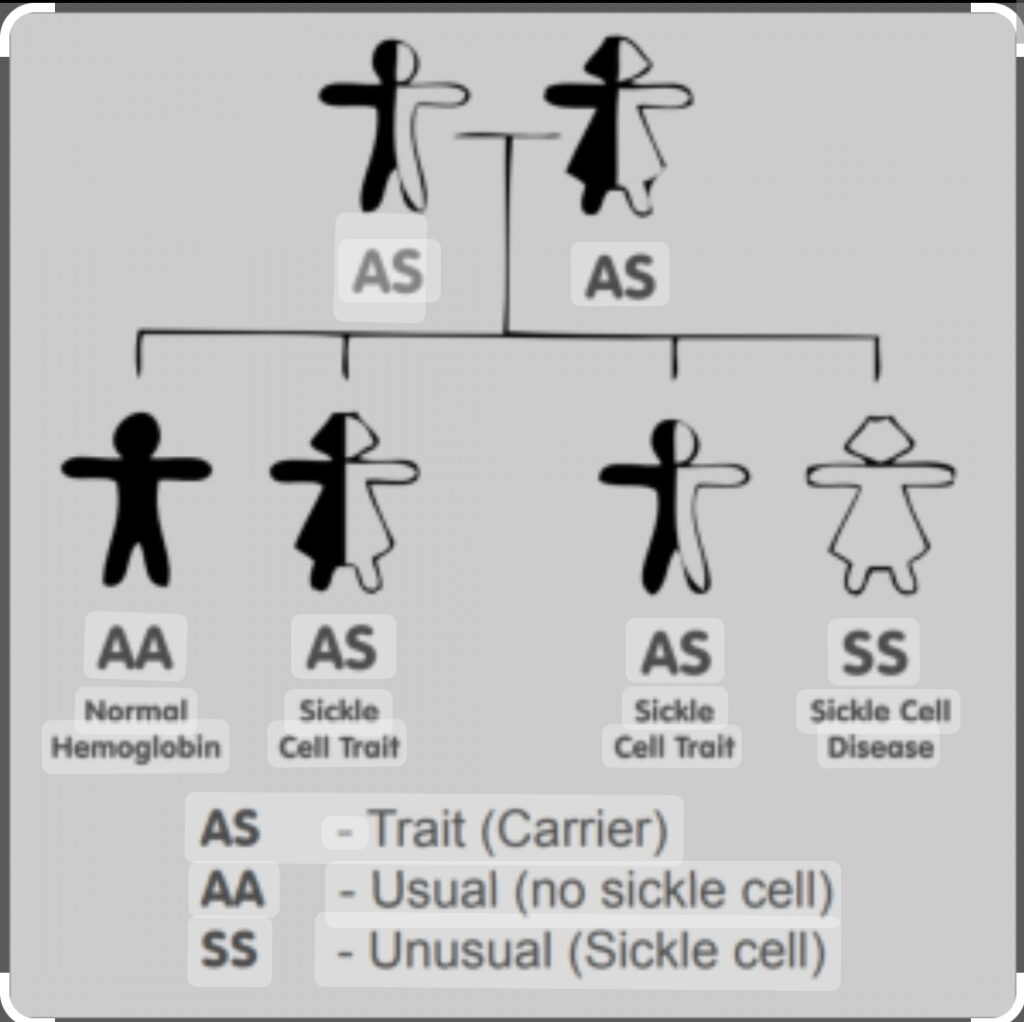There are several medications commonly used in the management of sickle cell disease. The specific medications prescribed may vary based on individual symptoms, complications, and overall health. It’s important to consult with a healthcare provider who specializes in sickle cell disease to determine the most appropriate medication regimen for your specific situation. Here are some commonly used medications:
- Hydroxyurea: This medication is often prescribed to individuals with sickle cell disease to reduce the frequency of pain crises and acute chest syndrome. It helps increase the production of fetal hemoglobin, which can inhibit the sickling of red blood cells.
- Pain Medications:
- Nonsteroidal anti-inflammatory drugs (NSAIDs), such as ibuprofen, may be used for mild to moderate pain relief.
- Opioids, such as morphine or oxycodone, are used for severe pain management during sickle cell crises or hospitalizations. These medications are typically prescribed for short-term use and require careful monitoring.
- Antibiotics: Infections can be a serious complication for individuals with sickle cell disease. Antibiotics may be prescribed for preventive purposes or to treat specific infections promptly.
- Vaccinations: Immunizations are crucial for individuals with sickle cell disease to prevent infections. The pneumococcal vaccine, meningococcal vaccine, and yearly influenza vaccine are commonly recommended.
- Blood Transfusions: Red blood cell transfusions may be used in certain situations, such as severe anemia, acute chest syndrome, or stroke prevention. This procedure helps increase the number of healthy red blood cells and improve oxygen delivery.
- L-Glutamine: L-Glutamine oral powder is an FDA-approved medication for individuals aged 5 years and older with sickle cell disease. It can help reduce the frequency of pain crises.
It’s important to note that the use of medications should always be guided by a healthcare professional specializing in sickle cell disease. They will consider individual factors, such as disease severity, symptoms, and potential side effects, to determine the most appropriate treatment plan for each person. Regular follow-up visits and open communication with the healthcare provider are crucial for monitoring the effectiveness and adjusting the medication regimen as needed.

